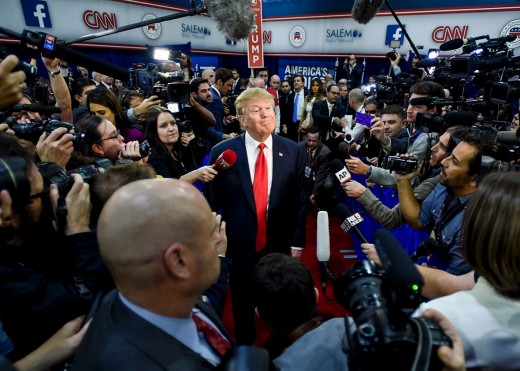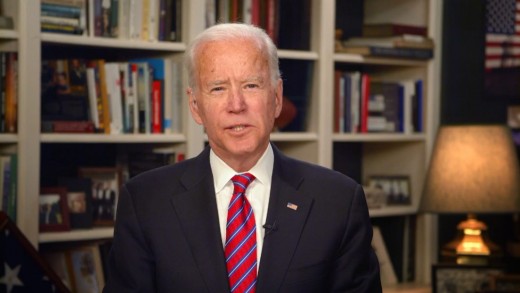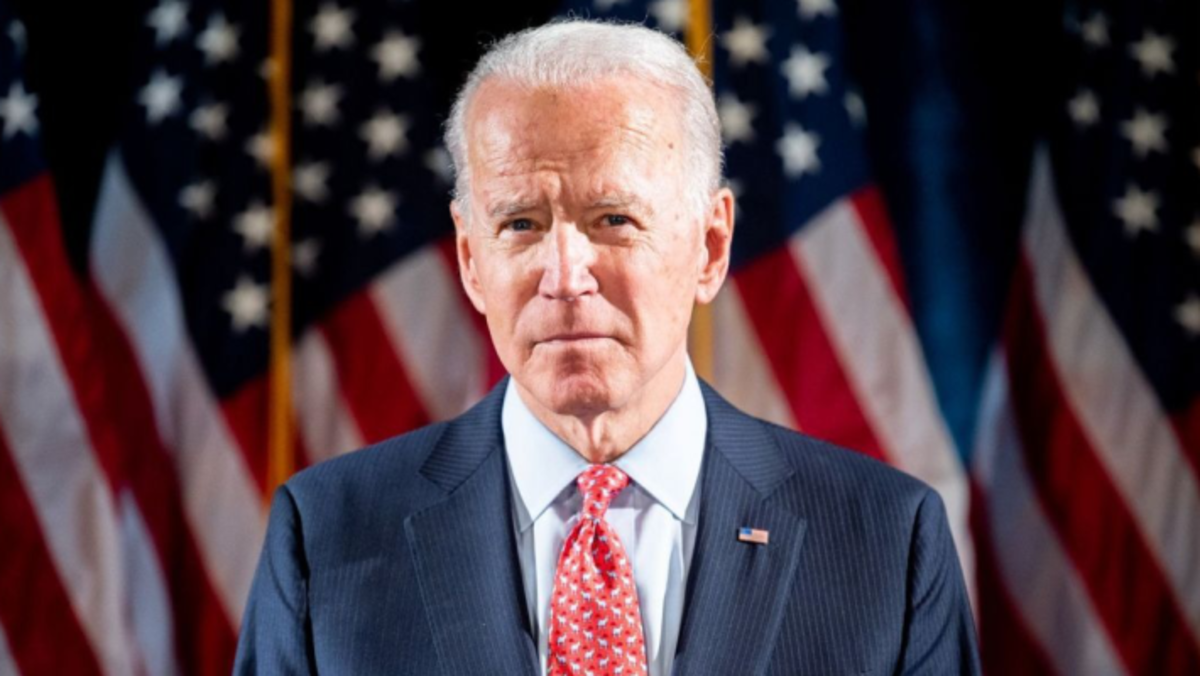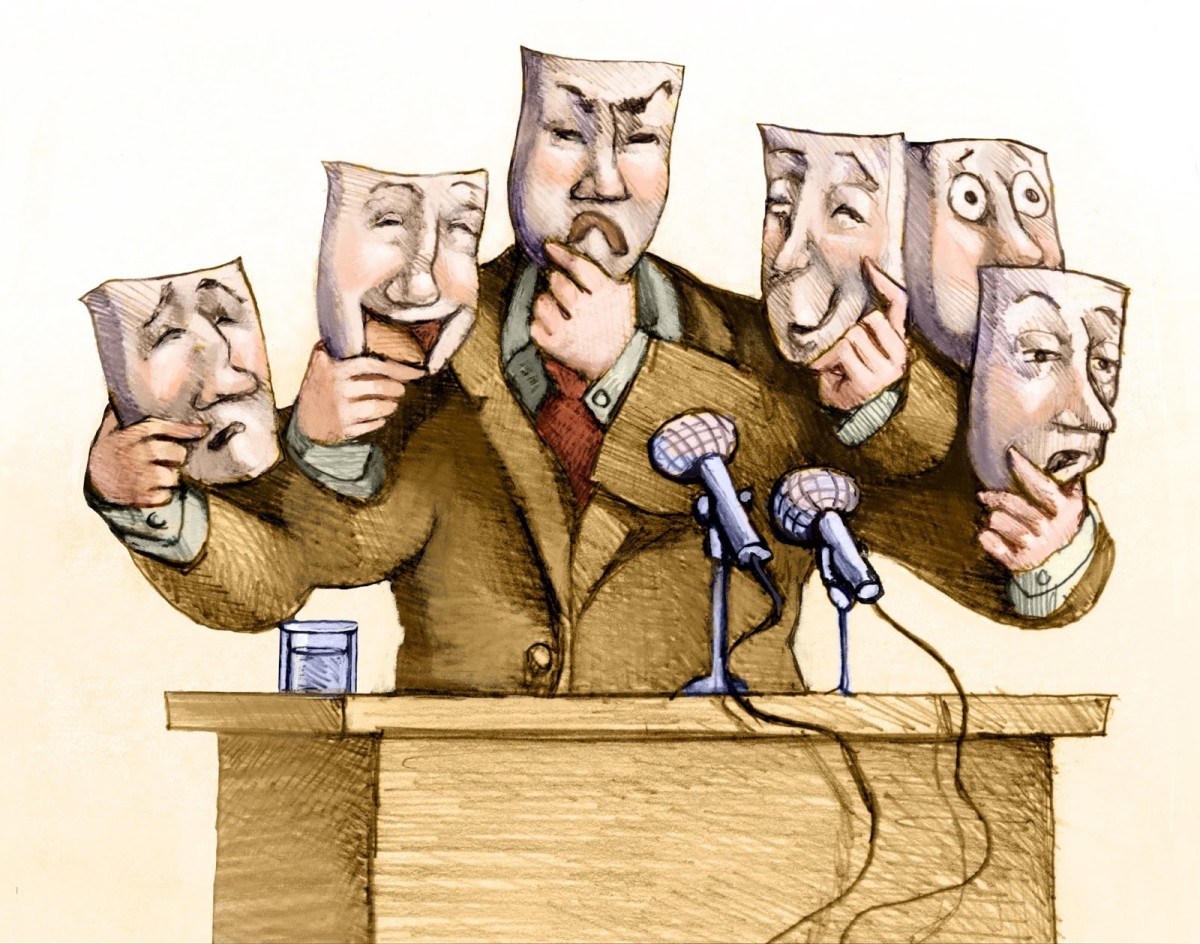The Power of the Pen: How Journalists Shape Minds with a Few Carefully Chosen Words

Let's Face It
Journalism isn’t what it used to be. Somewhere along the way, between the facts and the headlines, many so-called “journalists” have traded in objectivity for activism, and the result is a public fed more narrative than news. This isn’t about typos or human error—it’s about carefully crafted word choices meant to steer people’s thoughts in a particular direction. It’s subtle, clever, and dangerously effective. In today’s world, narrative wins over nuance every time.
Let me start by saying: this is just my view. I’m not claiming to be a professional journalist or some insider from a news network. I’m just someone who’s been paying attention—and frankly, it’s hard not to notice how the words used in today’s media are often less about informing people and more about guiding them toward a particular conclusion. A little nudge here, a spicy word there, and suddenly the story isn’t about what happened—it’s about what you’re supposed to feel about what happened.

For years, it’s been the same broken record: “Trump did this,” “Trump caused that,” “Trump’s to blame.”
Let’s rewind to the Russia-collusion saga. That story dominated the airwaves for years. It wasn’t just a possibility being explored; it was practically treated as fact. We were told repeatedly that Trump must have been in bed with the Russians, that the election was illegitimate, that democracy had been hijacked by a foreign power. Turn on the TV, open a paper, check social media—it was everywhere. "Sources say" became the most overused phrase in modern reporting. The result? A country divided, faith in the electoral process shaken, and millions of people convinced they’d seen the smoking gun. Then the Mueller Report came out. No collusion. No grand conspiracy. But by that point, it didn’t even matter. The headlines had already done their job. The retractions, corrections, and quiet acknowledgments of “well, maybe not” didn’t carry the same drama. They never do.
Or how about that dramatic photo of Border Patrol agents on horseback “whipping” Haitian migrants? It spread like wildfire. Reporters and politicians, who didn’t know the difference between reins and whips, called it racist, inhumane, and a national disgrace. The President condemned it. The media ran wild. Except, yeah… that didn’t happen. Even the photographer who took the picture said there was no whipping. But that story fit the narrative, so facts be damned. The agents were smeared, the public outraged, and a storyline was born that had nothing to do with truth.
And then there’s the infamous “very fine people” quote from Charlottesville. It’s still repeated to this day as if Trump called white supremacists lovely brunch companions. In reality, if you watch the entire clip (not just the convenient soundbite), he clearly states he’s not referring to the neo-Nazis and white nationalists and says they should be “condemned totally.” But most people have never heard that part. Why? Because it doesn’t serve the narrative. And once a lie is repeated enough, it starts to feel like truth, at least for those who don’t dig deeper.
Let’s throw in another one: the Hunter Biden laptop story. Originally reported before the 2020 election, it was immediately dismissed by major outlets as “Russian disinformation.” Social media platforms even blocked it. The headlines were full of doubt and ridicule. Yet years later, those same outlets sheepishly admitted—well, yeah, it was real. But by then? Election over. Narrative served. Mission accomplished.

To Be Fair
Now let’s be fair—bias isn’t just a left-wing problem. Right-leaning media has done its share of narrative-bending when it comes to Biden. Remember the whole “Basement Biden” storyline during the 2020 election? Conservative outlets made it sound like he was hiding out like a fugitive, too scared or senile to face the public. Sure, he ran a low-profile campaign. But context matters. COVID was raging, and his strategy was cautious, not a full-blown disappearance act. Then there’s the way some outlets framed the border crisis. Don’t get me wrong, the Biden administration has handled it poorly, but conservative media wasted no time pinning the entire thing on him from day one, skipping over the fact that this mess has been brewing for decades under both parties. And when gas prices and inflation hit hard, the headlines made it sound like Biden personally drove to every gas station and jacked up the prices himself. Global supply chain issues? War in Ukraine? Those were footnotes. if mentioned at all. And let’s not forget the favorite narrative that he’s just a puppet for the radical left, controlled by shadowy progressives pulling strings behind the scenes. It’s a catchy image, sure, but also a lazy way to avoid examining his policies.
That said, what’s ironic is that now, it’s come out that Biden’s cognitive issues were very real—and that many people around him, including some in the media, either ignored the warning signs or helped sweep them under the rug. So while the right may have exaggerated early on, it turns out the truth wasn’t too far behind—they just got there with the wrong kind of reporting.
Where The Problem Lies
Here’s the real problem: when journalists start behaving like political operatives, it’s not just annoying—it’s dangerous. Our society depends on shared facts. If every headline comes with a slant, and every “report” is really a spoon-fed opinion, we stop trusting anything. People retreat into echo chambers, truth becomes subjective, and unity? Forget about it.
Now, I’m not saying all journalists are out there spinning lies with evil grins and a thesaurus in hand. But there is a growing trend of selective storytelling and strategic language, and it’s something we need to call out. Words have power. When those in charge of informing the public start using them as weapons instead of tools, we’ve got a big problem on our hands.
So yeah, this is my view—but I think a lot of people are waking up to it. Maybe it’s time we stopped letting headlines think for us.








